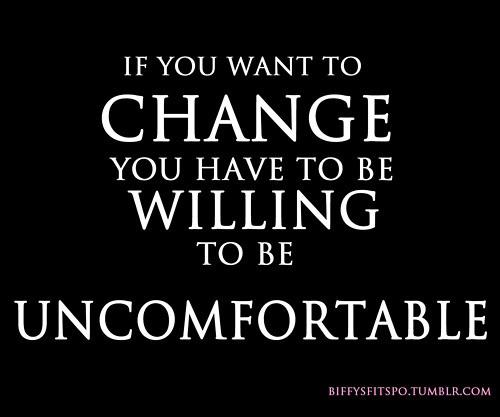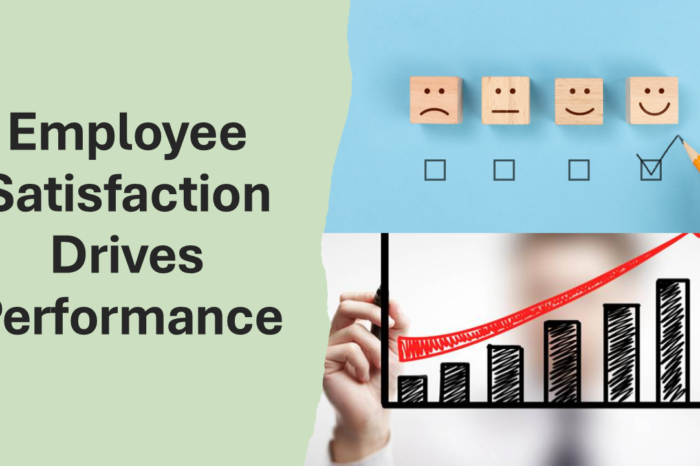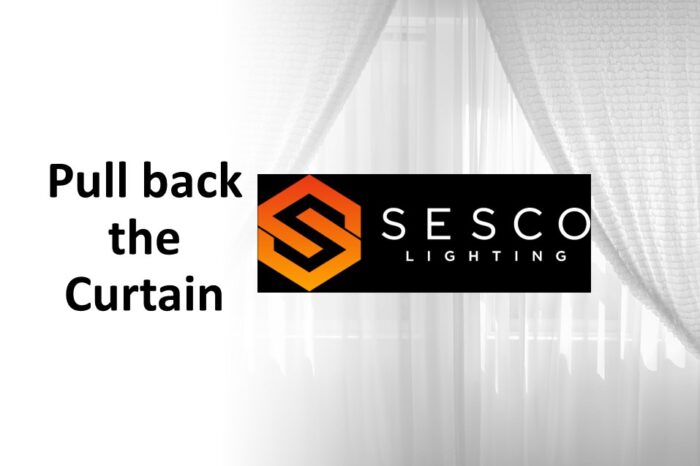Are you uncomfortable?
In today’s business environment, if you’re uncomfortable you’re probably in a stagnant mode, gross margins are decreasing, costs are rising, you have inefficiencies in your business, key associates are quietly looking for new opportunities, your competitors are quietly increasing their share within “your” customers, you’re seeing more customer churn, succession issues are creeping up and you’re losing some sleep at night. But you’re comfortable and aren’t having to make tough decisions like … “how do I improve my business?”

Okay, a little harsh and some of you are thinking “we’re not experiencing any of that but we’re comfortable?” and others are thinking “why should comfortable be bad?”
The reason a state of comfortability should be a warning sign is that your customers, your prospects, your associates, your competitors, your suppliers and other economic and regulatory environments are in a state of constant change. The key to tomorrow’s success is how you anticipate opportunities and continuously invent and reinvent yourself. Consider the quality concept of “continuous process improvement” – how should this be applied throughout your company … and quicker than ever before!
I was recently at a client’s sales meeting and the president of the company spoke for a few moments … but powerful words. He was pleased that his company has come so far in 30+ years but even more so in the past 5-7 years. He said he lives in a state of “constant uncomfortability” and wanted his management team and salespeople to also live in this state.
This “state of constant uncomfortability” enables him, and he feels them (the company) to:
- keep a pulse on the market
- sense change (from customers, in suppliers, the need for staff development / recruitment, new service / product development, etc)
- continuously challenge themselves
- adapt to capture opportunities
- identify areas for prudent, profitable investments on a regular basis to better support their customers while at the same time improving processes and gaining cost / process efficiencies
- upgrade staff
He essentially said that change is key to success. It’s a required attribute of a company and an integral aspect of their culture. He knows that yesterday is different than today and that today may not be the roadmap for tomorrow (his words). Consider, the past and the present do not have to be precursors of your future.
An interesting message to give to a management team and sales organization.
Now that we’ve crossed the halfway point of the year, some companies start to think about their 2015 planning. Perhaps:
Set an annual goal to have change … in sales approach, offering, services, operational processes, customer approach, marketing strategies / tools, etc. Review your strategies and ask
- “What could I change?”
- “What should I change?”
- “What needs to change?
(When I managed IMARK’s marketing initiatives, I had a rule that any strategy that didn’t generate at least 25% membership participation needed to be overhauled or cancelled. Other initiatives were reviewed for change. The result – a reallocation of maketing funds and ensuring membership was satisfied (25% was set due to membership diversity.)
And change ensures you have something to communicate to customers, suppliers and staff … change is about insuring tomorrow.
And as Stan Rydzynski says “Every attempt to move forward requires the knowledge of the past and present to formulate a strategy to grow profitably”.
How does your company embrace change?






















